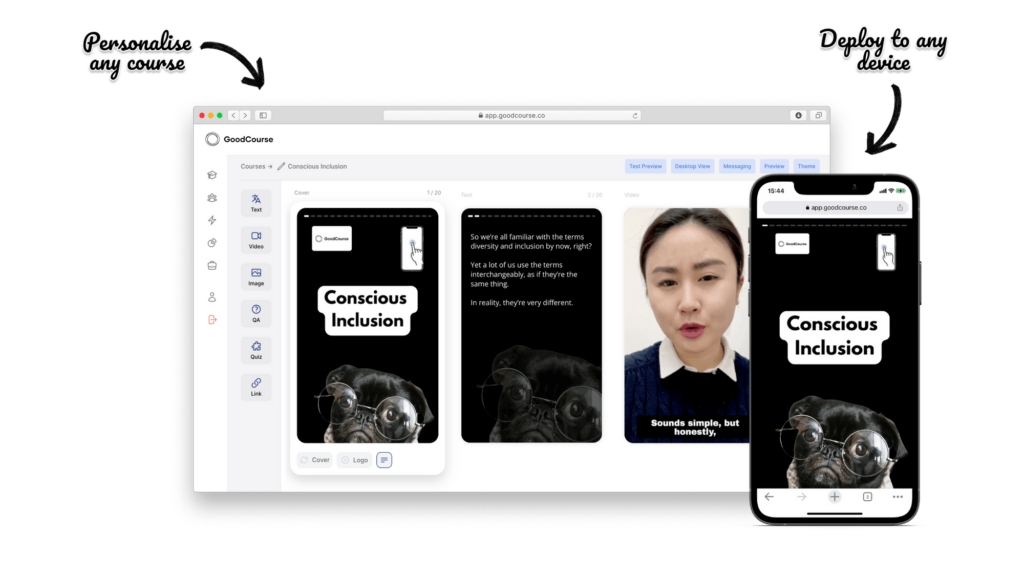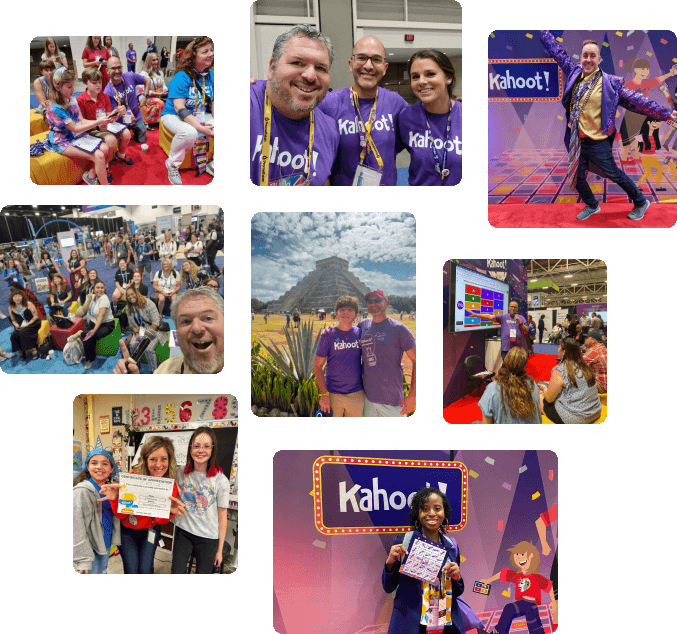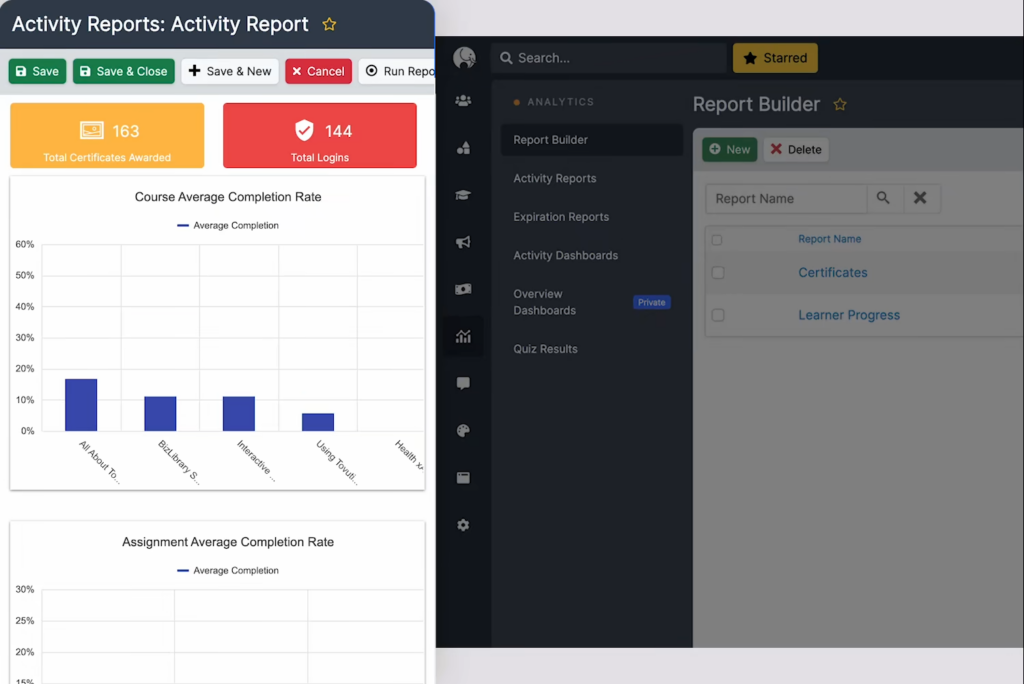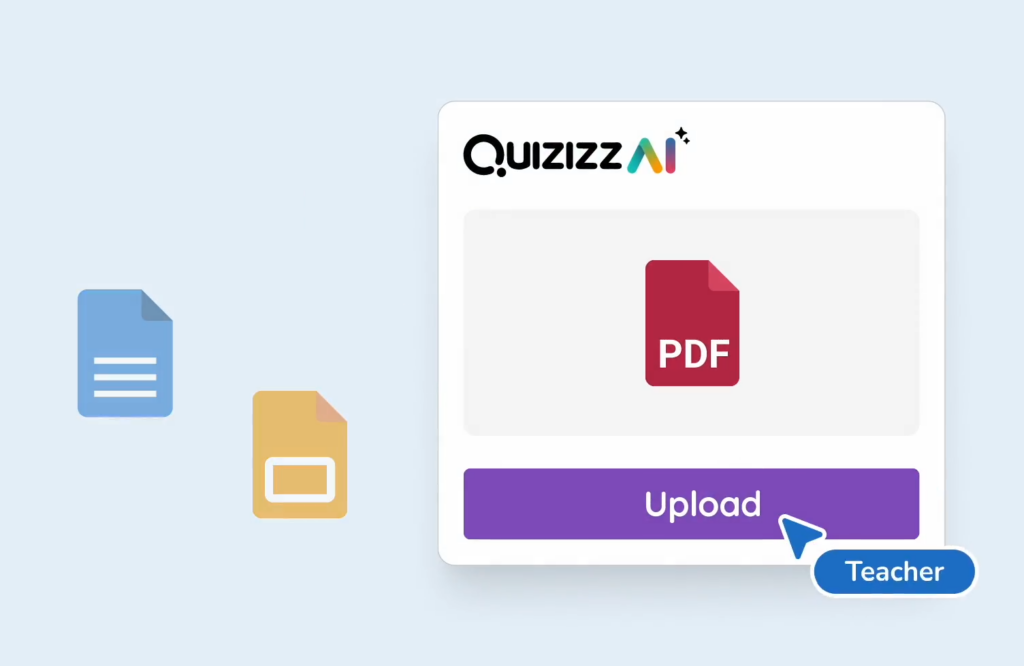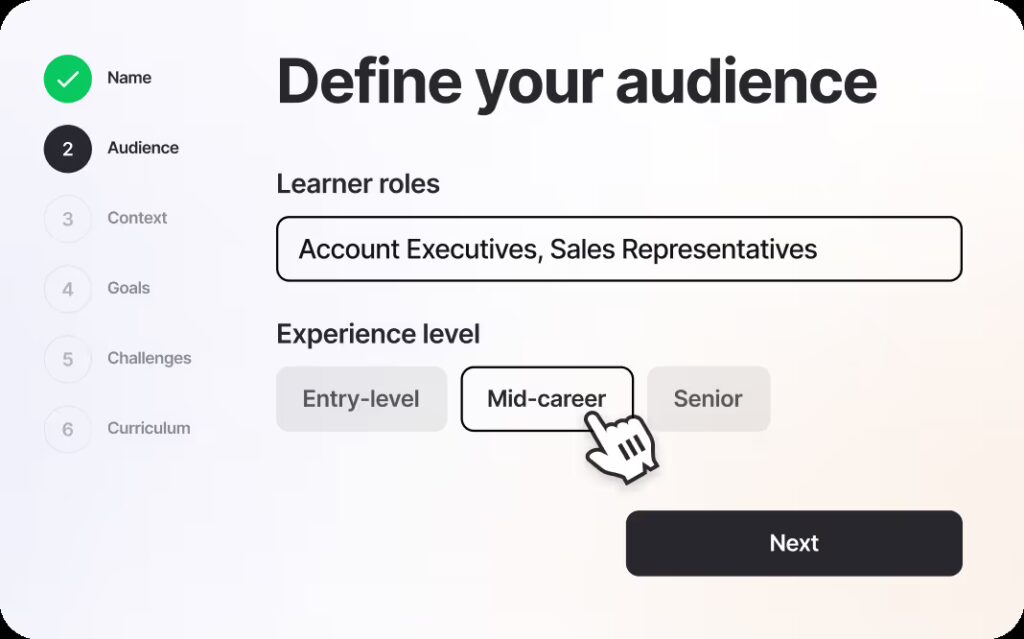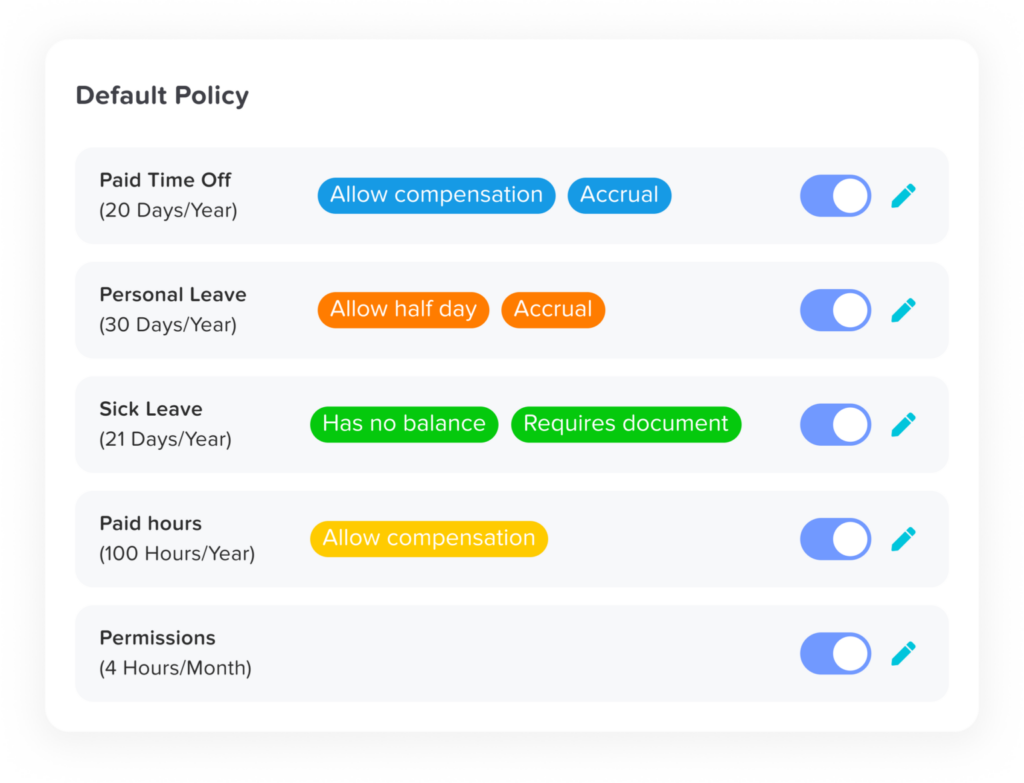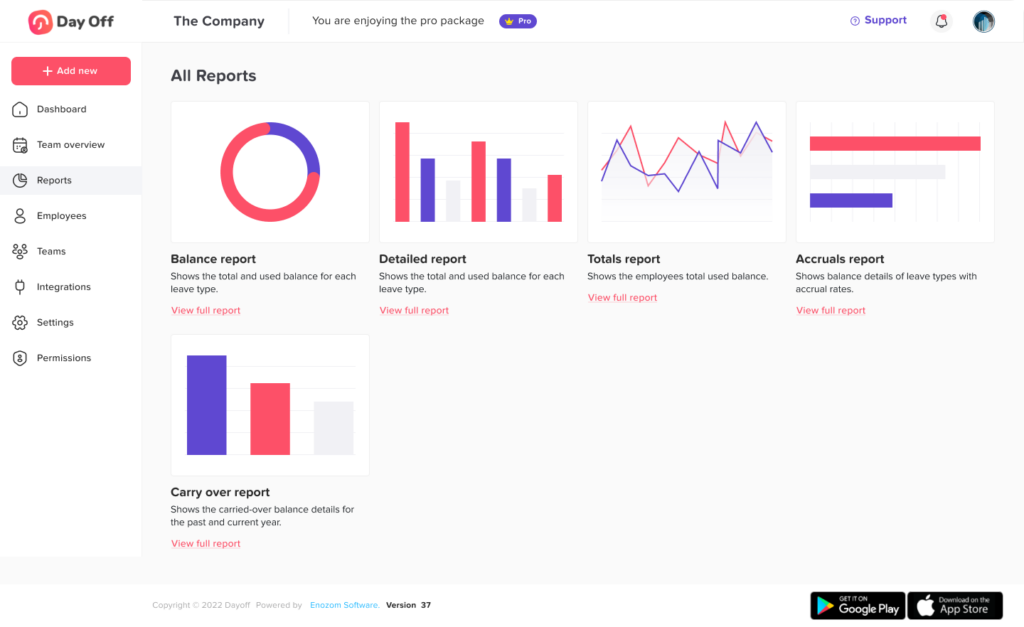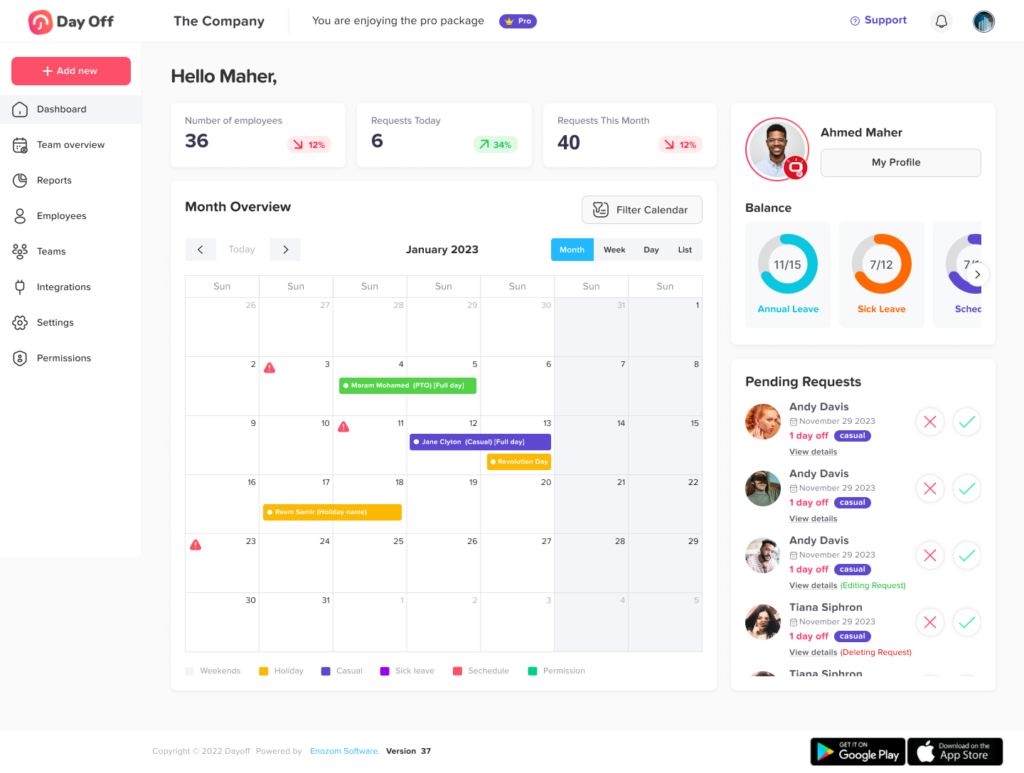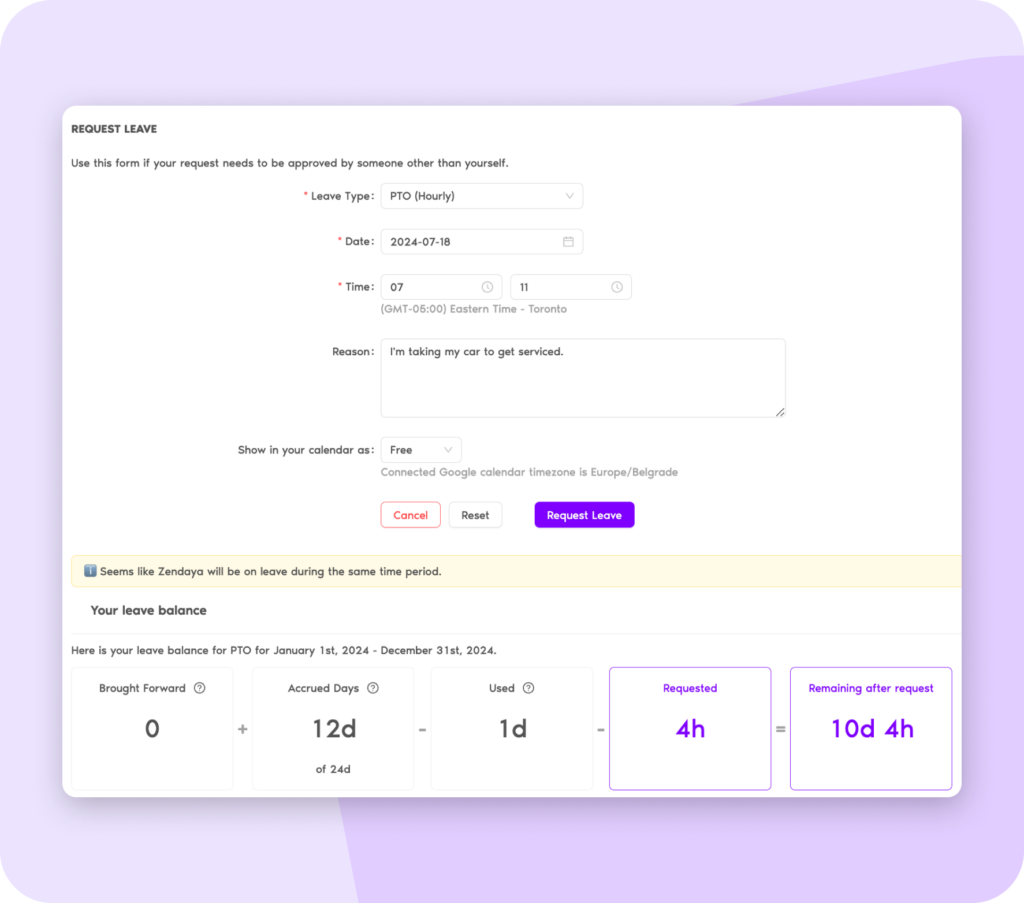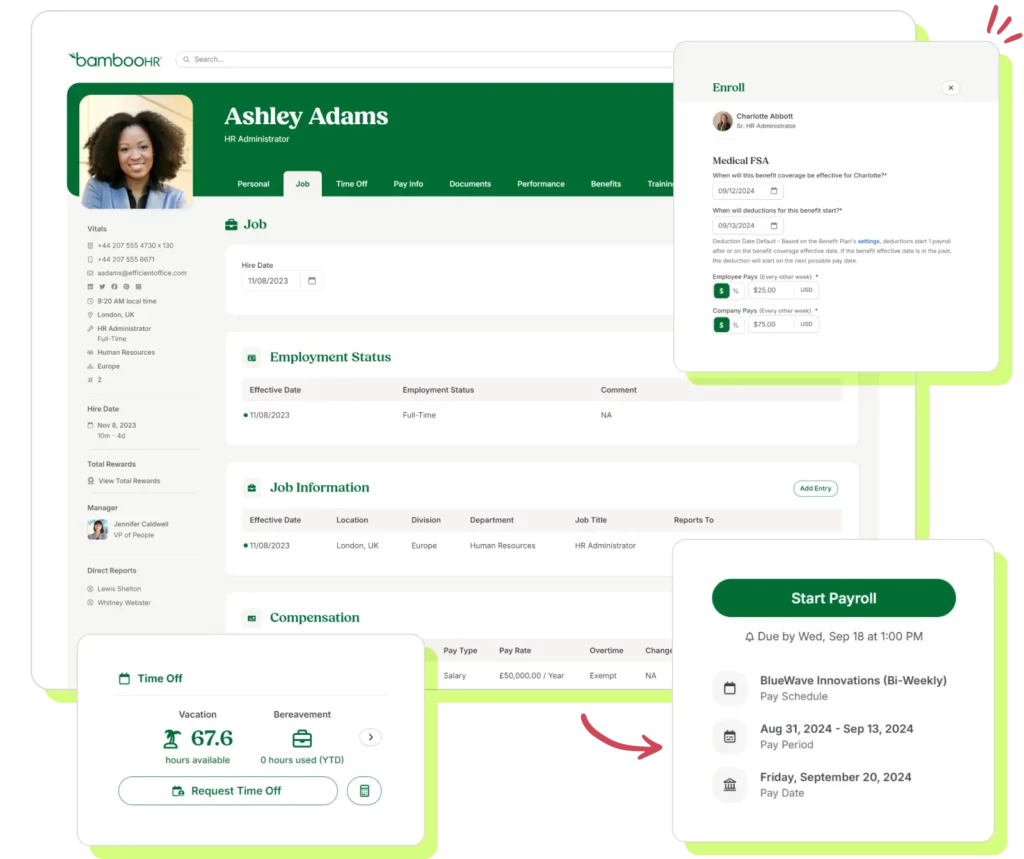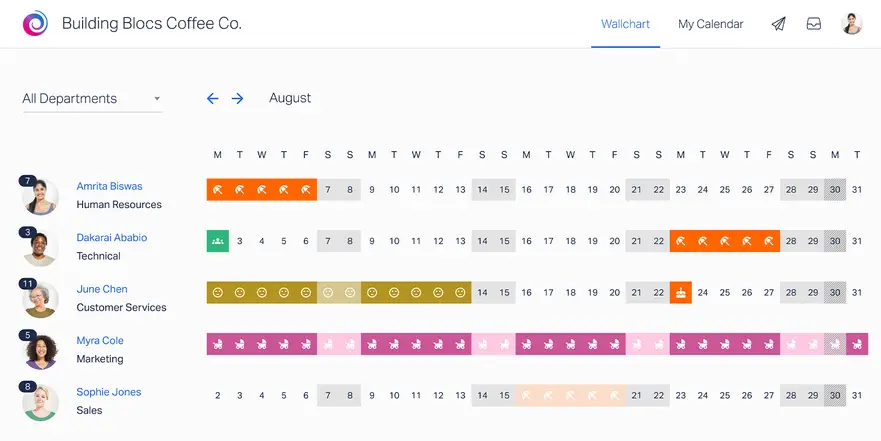Selling to local businesses is an excellent way to build strong relationships, grow your revenue, and make a meaningful impact in your community. However, local businesses operate differently from large corporations they often have smaller budgets, more direct decision-making, and a greater reliance on personal relationships.
To successfully sell to local businesses, you need to understand their unique needs, offer valuable solutions, and use the right tools to streamline your sales process. In this article, we’ll cover effective strategies for selling to local businesses, explore common challenges, and highlight useful tools for AI-powered sales automation.
Understanding Local Business Needs re
Before approaching local businesses, it’s crucial to understand their unique challenges and priorities. Unlike large corporations with specialized procurement teams and standardized systems, local business owners often wear multiple hats and operate with limited time and resources. Recognizing what matters most to them will help you tailor your sales approach effectively.
Key Priorities for Local Businesses:
Cost Efficiency: Most local businesses work within tight budgets and prioritize cost-effective solutions. They value products and services that maximize return on investment while keeping expenses under control.
Ease of Use: Business owners and managers don’t have time to navigate complex tools. They prefer straightforward, intuitive solutions that can be implemented quickly and require little to no training.
Speed and Efficiency: With smaller teams, efficiency is everything. Local businesses look for tools and services that streamline operations, automate routine tasks, and save valuable time.
Personalized Service: Unlike larger organizations that deal with automated systems and distant support teams, local businesses appreciate personal, responsive service from vendors who understand their specific needs.
When selling to local businesses, your pitch should highlight how your product or service simplifies their day-to-day operations, whether by saving time, reducing costs, or improving overall productivity. Focus on tangible benefits and practical outcomes that directly make their business run smoother and more efficiently.
Effective Strategies for Selling to Local Businesses
Build Genuine Relationships Before Selling
Local businesses thrive on trust and word-of-mouth recommendations. Before you start selling, focus on building relationships within the community. Business owners are far likelier to buy from someone they know and trust than a random salesperson.
Ways to Build Relationships:
Attend local business events: join networking groups, chambers of commerce, and local trade shows to meet business owners in person.
Engage on social media: follow local businesses on LinkedIn, Facebook, and Instagram, comment on their posts, and share relevant content.
Support their business: buy from local businesses before selling to them. For example, if you’re trying to sell to a restaurant, dine there first and get to know the owner.
Identify Their Pain Points & Offer Solutions
Instead of pushing a generic sales pitch, take time to understand the business’s biggest challenges. Once you identify their pain points, you can position your product or service as the solution they need.
For example, many small businesses struggle with tracking employee time-off requests, they often rely on spreadsheets, email chains, or even paper forms, which can lead to miscommunication, scheduling conflicts, and payroll errors.
A solution like Day Off Leave Tracker (discussed later) can help them automate PTO tracking, reducing administrative burdens and errors.
Leverage Word-of-Mouth & Customer Referrals
Local businesses trust recommendations from other business owners more than any sales pitch. A great way to build credibility is by getting existing customers to vouch for you.
How to Generate Referrals:
Ask satisfied customers for testimonials: feature their success stories on your website and social media.
Create a referral program: offer discounts or incentives to businesses that refer new customers to you.
Get involved in the community: the more businesses see you supporting the local economy, the more likely they are to trust you.
Example: Selling a PTO Tracking Solution Like Day Off
One of the biggest operational challenges for local businesses is managing employee time-off requests efficiently. Many still rely on spreadsheets, paper forms, or back-and-forth emails, which often lead to miscommunication, scheduling conflicts, and payroll errors. When multiple employees request time off at the same time, managers can struggle to track approvals, ensure adequate staffing, and prevent disruptions to daily operations.
How to Pitch Day Off to Local Businesses
When presenting Day Off to a local business, focus on how it directly addresses their day-to-day challenges and delivers clear, practical benefits. Emphasize its simplicity, automation, transparency, and affordability, qualities that make it an ideal solution for small teams.
Simplicity: Many small business owners hesitate to adopt new software because they worry it will be complicated or time-consuming to set up. Day Off removes that barrier with an intuitive, user-friendly interface that requires no technical expertise. Both employees and managers can start using it immediately without extensive training or onboarding.
Automation: Instead of juggling paper requests, emails, or spreadsheets, Day Off automates the entire leave management process. Employees can easily submit requests, and managers can approve or decline them instantly from a centralized dashboard, saving time, minimizing manual errors, and streamlining communication.
Transparency: One of the biggest challenges for small businesses is keeping everyone aligned on who’s working and who’s away. Day Off provides a real-time overview of employee availability, allowing managers to plan schedules efficiently, avoid conflicts, and maintain optimal staffing levels.
Affordability: Designed with small businesses in mind, Day Off offers flexible and budget-friendly pricing plans. It delivers enterprise-level functionality without requiring a large upfront investment—making it accessible even to businesses operating on tight budgets.
By highlighting these benefits, you can position Day Off as a simple, automated, and cost-effective solution that saves time, reduces administrative workload, and enhances team productivity, all while keeping operations running smoothly.
Tools & Technology to Enhance Sales and Efficiency
AI-Powered Sales Automation – Re2.ai
One of the biggest challenges in selling to local businesses is that owners and decision-makers are often extremely busy. They’re focused on managing day-to-day operations, leaving little time to respond to cold calls or lengthy sales emails. Manually reaching out to every potential lead can be both time-consuming and inefficient, especially when it’s unclear which prospects are most likely to convert.
That’s where Resquared comes in. This AI-powered sales automation platform streamlines your outreach process, personalizes communication, and helps your team connect with the right businesses faster and more effectively.
How Resquared Helps
Automates Email Outreach and Follow-Ups
Instead of sending hundreds of emails manually, Resquared automates your outreach campaigns and follow-ups. Prospects receive timely, well-crafted messages without requiring constant effort from your sales team, saving hours of manual work while improving response rates.Personalizes Messages with AI
Generic mass emails rarely generate engagement. Resquared uses artificial intelligence to analyze customer data and tailor each message based on the recipient’s business type, industry, and prior interactions. The result is a more relevant, personalized approach that captures attention and drives conversions.Optimizes Lead Targeting
Not all prospects are equal. Resquared’s machine learning technology identifies high-potential leads by analyzing behavioral and demographic data. This allows your team to focus efforts on the businesses most likely to respond and convert—maximizing efficiency and return on investment.
By integrating Resquared into your sales process, you can eliminate the inefficiencies of cold outreach, engage local businesses more effectively, and significantly boost your conversion rates, all while saving valuable time and resources.
CRM & Sales Tracking – HubSpot Sales Hub
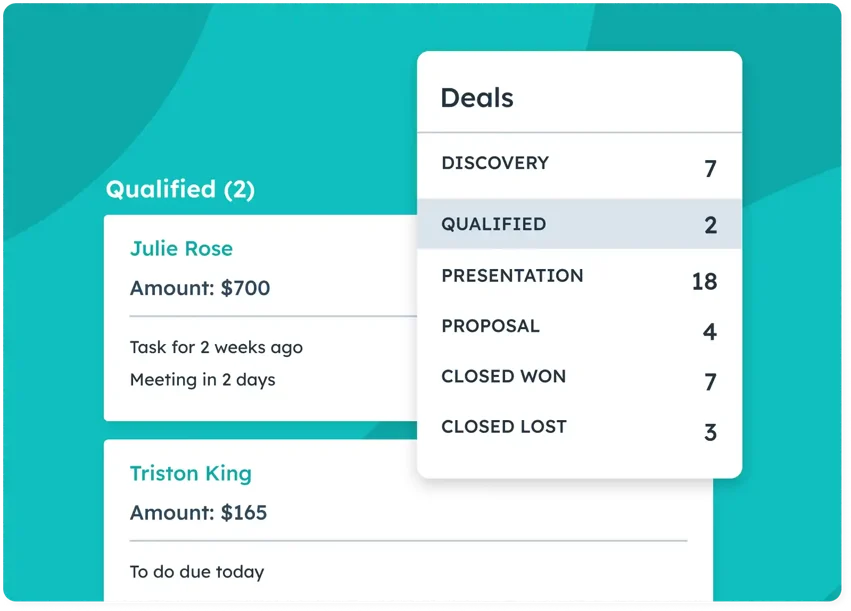
A Customer Relationship Management (CRM) system is vital for tracking leads, managing customer interactions, and ensuring that no sales opportunity slips through the cracks. Too often, sales professionals rely on scattered spreadsheets, handwritten notes, or memory to track follow-ups, leading to missed opportunities and lost revenue.
HubSpot Sales Hub simplifies this process by centralizing your sales data, automating repetitive tasks, and providing valuable insights to help your team close deals faster and more effectively.
How HubSpot Sales Hub Helps
Tracks Your Sales Pipeline
HubSpot gives you a clear, visual overview of your entire sales pipeline, showing exactly where each lead stands in the buying journey. This makes it easy to prioritize high-value prospects, manage follow-ups efficiently, and focus on deals that are most likely to close.Automates Follow-Ups
Consistent communication is key to converting leads, but it’s easy to lose track of when to reach out. HubSpot automates follow-up emails and reminders, ensuring that every lead gets timely attention without manual effort, helping you maintain momentum throughout the sales cycle.Delivers Actionable Sales Analytics
Insight-driven decisions lead to better results. HubSpot provides detailed analytics and customizable reports that reveal which sales tactics work best, which leads are most engaged, and where improvements can be made. This data empowers your team to refine strategies and increase conversion rates.
By implementing HubSpot Sales Hub, you can manage all customer interactions in one centralized platform, strengthen relationships with local business owners, and streamline your entire sales process, turning prospects into loyal customers more efficiently than ever before.
Lead Generation & Prospecting , Apollo.io
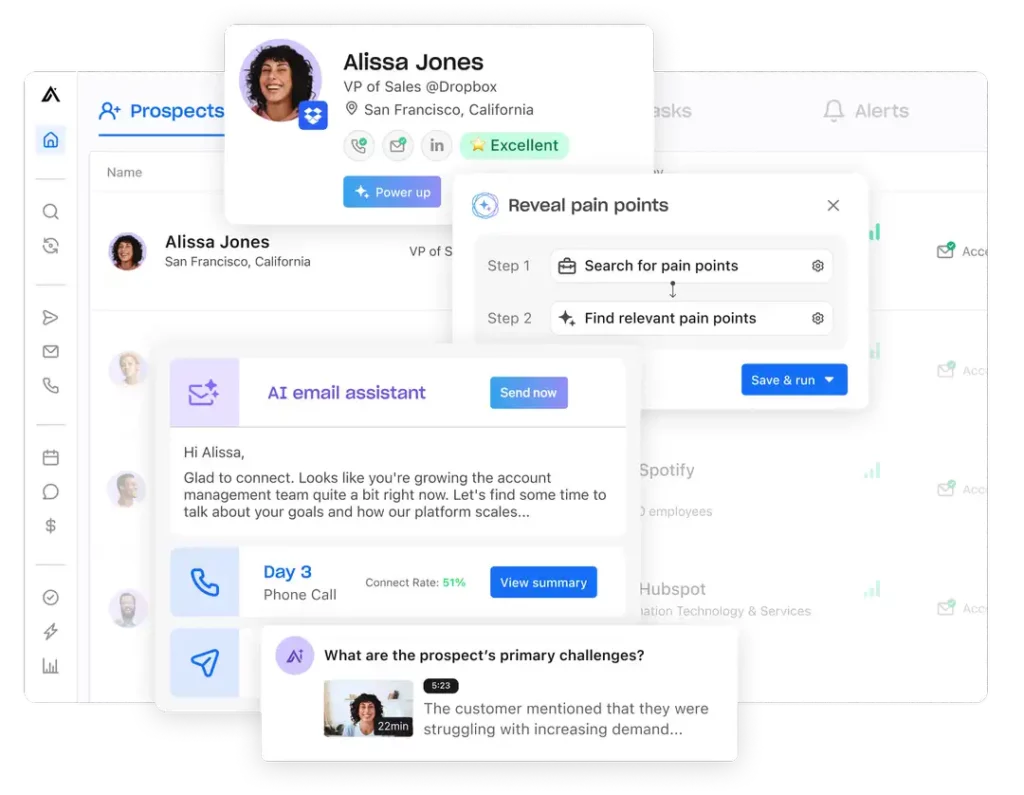
Identifying the right local businesses to target can be time-consuming and inefficient, especially if you’re relying on outdated directories or manual research. That’s where Apollo.io comes in. This powerful lead generation and prospecting platform helps sales teams quickly discover, research, and connect with qualified prospects, saving time and improving conversion rates.
How Apollo.io Helps
Finds Local Business Leads
Instead of guessing which businesses might be a good fit, Apollo.io enables you to identify and target high-potential prospects based on criteria like industry, company size, location, and more. This ensures your outreach is focused and effective.Provides Verified Contact Information
Reaching the right decision-makers is one of the biggest challenges in sales. Apollo.io eliminates the guesswork by providing verified contact details, including email addresses, phone numbers, and LinkedIn profiles, so you can connect directly with business owners and decision-makers.Integrates Seamlessly with Sales Tools
Apollo.io integrates with popular CRM systems, email automation platforms, and sales engagement tools, making it easy to add new leads to your pipeline and manage follow-ups efficiently. This ensures smooth coordination across your entire sales process.
By leveraging Apollo.io, your team can build a high-quality lead database, access accurate contact information, and streamline outreach efforts, all of which make it easier to connect with and sell to local businesses.
Frequently Asked Questions (FAQ)
Why should I focus on selling to local businesses?
Selling to local businesses helps you build stronger, long-term relationships while supporting your community. Local clients are often more loyal and open to referrals once trust is established. Additionally, local businesses typically have faster decision-making processes, making it easier to close deals compared to larger corporations with lengthy procurement systems.
What are the biggest challenges in selling to local businesses?
The main challenges include limited budgets, smaller teams, and time constraints. Many local business owners handle multiple responsibilities, meaning your pitch needs to be concise, relevant, and results-oriented. Personalization, simplicity, and clear value propositions are key to overcoming these challenges.
How can I build trust with local business owners before selling?
Trust is essential when selling locally. Attend networking events, join local chambers of commerce, and engage with businesses on social media. Supporting their business, by visiting their store, using their services, or sharing their content, can also help you establish rapport before introducing your own offering.
How do I identify the pain points of a local business?
Start by researching their industry, observing how they operate, and asking questions during initial conversations. Common pain points include inefficient processes, high administrative workloads, and limited access to automation tools. Once you understand their specific struggles, position your product or service as the tailored solution.
What are the best tools to sell effectively to local businesses?
Several tools can make your local sales process more efficient:
Resquared (Re2.ai): Automates email outreach and personalizes engagement using AI.
HubSpot Sales Hub: Helps track leads, manage follow-ups, and organize your entire sales pipeline.
Apollo.io: Simplifies lead generation by finding and connecting you with verified local business contacts.
Day Off Leave Tracker: A practical example of a simple, affordable solution that helps local businesses manage employee time-off efficiently.
How does AI help in selling to local businesses?
AI-powered tools like Resquared automate outreach, personalize communication, and identify high-quality leads. This means you can spend less time on manual prospecting and more time building relationships and closing deals. AI also helps you understand customer behavior and optimize your approach for better engagement.
How can I make my pitch more appealing to small or local business owners?
Keep your pitch short, personal, and focused on outcomes. Highlight how your solution saves time, reduces costs, and simplifies their workflow. Avoid technical jargon, local business owners value practicality over complexity. Including real-world examples or testimonials from other local clients can also strengthen credibility.
What is the most effective way to reach local businesses?
A multi-channel approach works best. Combine in-person networking (local events, trade shows) with digital outreach (email, LinkedIn, or social media engagement). AI tools like Resquared or Apollo.io can help identify and contact the right decision-makers efficiently, while consistent follow-ups build familiarity and trust.
How can I use referrals to sell to more local businesses?
Referrals are one of the strongest sales drivers in local markets. Encourage satisfied customers to share their positive experiences, and offer incentives, like discounts or exclusive features, for successful referrals. Featuring local customer testimonials on your website or social media can also boost credibility.
What should I emphasize when selling software to local businesses?
When selling tools or software, focus on simplicity, affordability, and tangible results. Many small business owners shy away from complex platforms, so highlight ease of use and quick setup. Emphasize how your product saves time, improves efficiency, and requires little to no technical training.
Why is personalization so important when selling to local businesses?
Local businesses rely heavily on personal relationships. Unlike large corporations, their decisions are based not only on data but also on trust and personal connection. Customizing your pitch and showing genuine understanding of their business builds credibility and significantly increases your chances of success.
How can CRM systems help when selling to local businesses?
CRM tools like HubSpot Sales Hub centralize customer information, automate follow-ups, and track each stage of the sales process. This ensures no lead is forgotten and helps maintain consistent communication with local business owners, improving conversion rates and long-term retention.
How do I find the right local businesses to target?
Use prospecting tools like Apollo.io to search for local businesses based on location, size, and industry. You can also explore local directories, LinkedIn, or community business networks. Prioritize companies that fit your ideal customer profile and whose challenges align with your solution.
What’s the key to long-term success when selling to local businesses?
Focus on relationships over quick sales. Provide consistent value through excellent service, personalized support, and reliable communication. When local businesses trust you and see real results, they become loyal clients who not only stay with you but also refer others within the community.
Final Thoughts
Selling to local businesses isn’t just about making a pitch, it’s about understanding their specific needs, building genuine relationships, and offering solutions that make a real difference. With the right strategy and tools, you can engage decision-makers more effectively, demonstrate tangible value, and create partnerships that last.
By combining personalized outreach, consistent follow-up, and smart sales technology, your business can stand out in the local market, close more deals, and become a trusted partner for small business growth and success.


